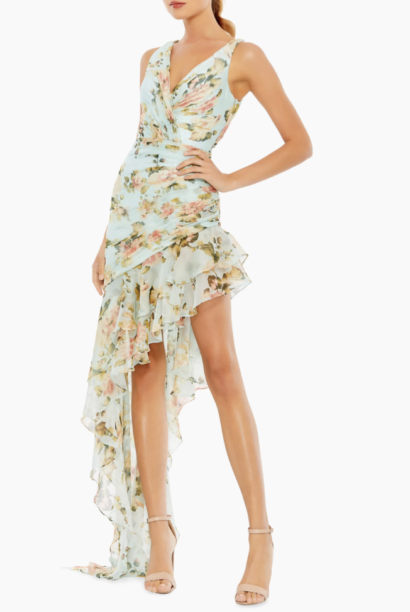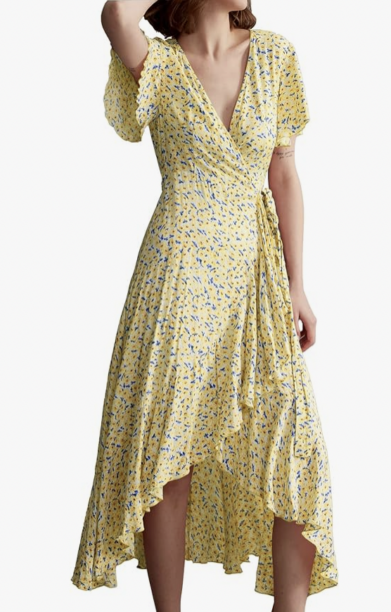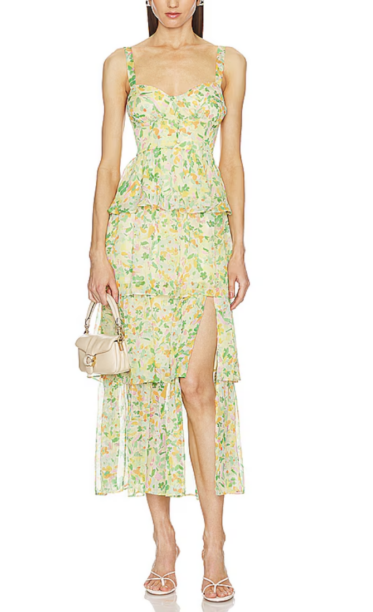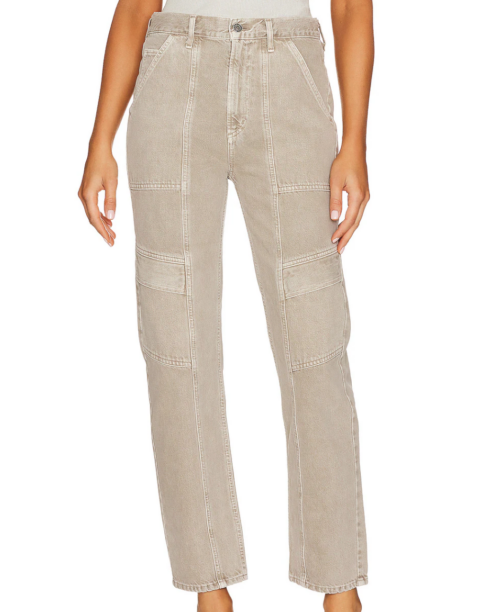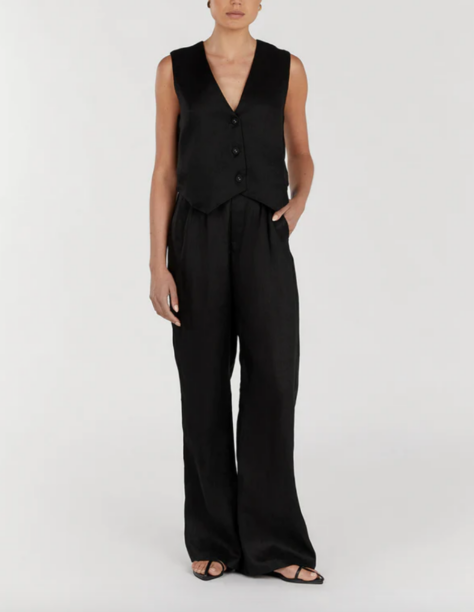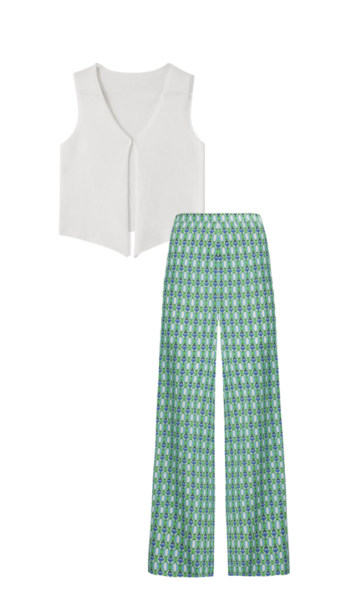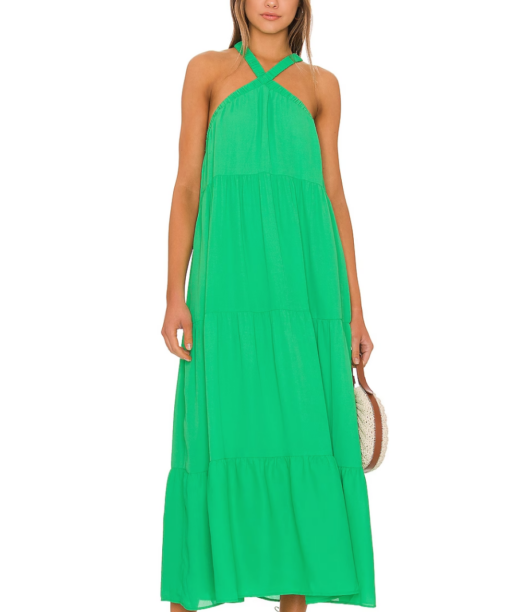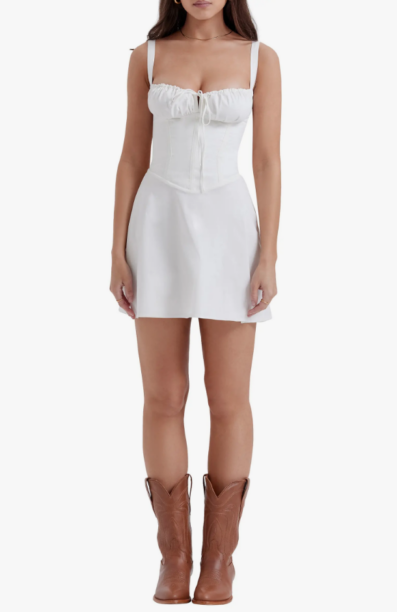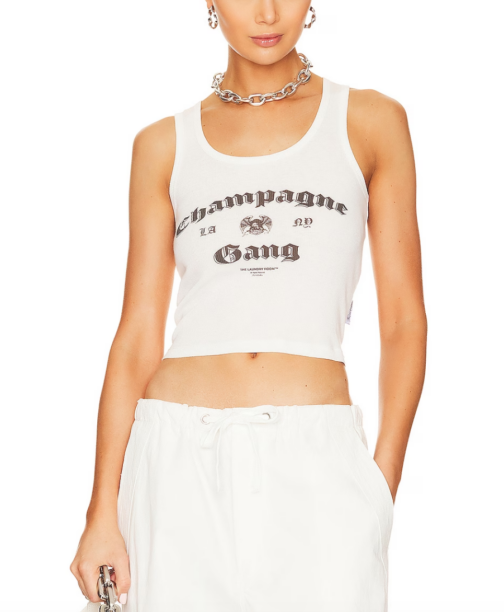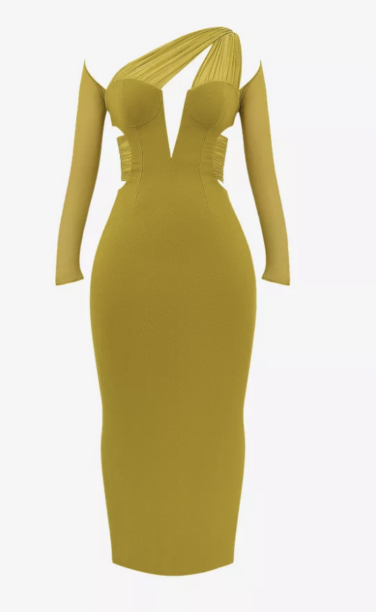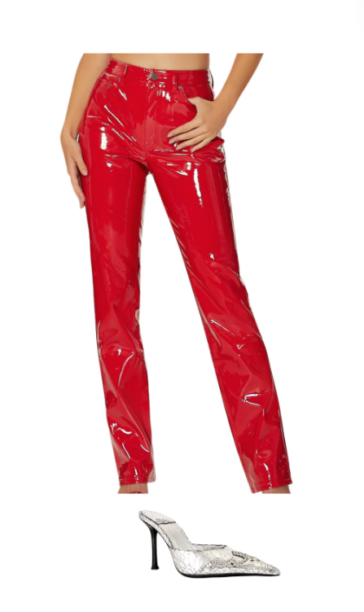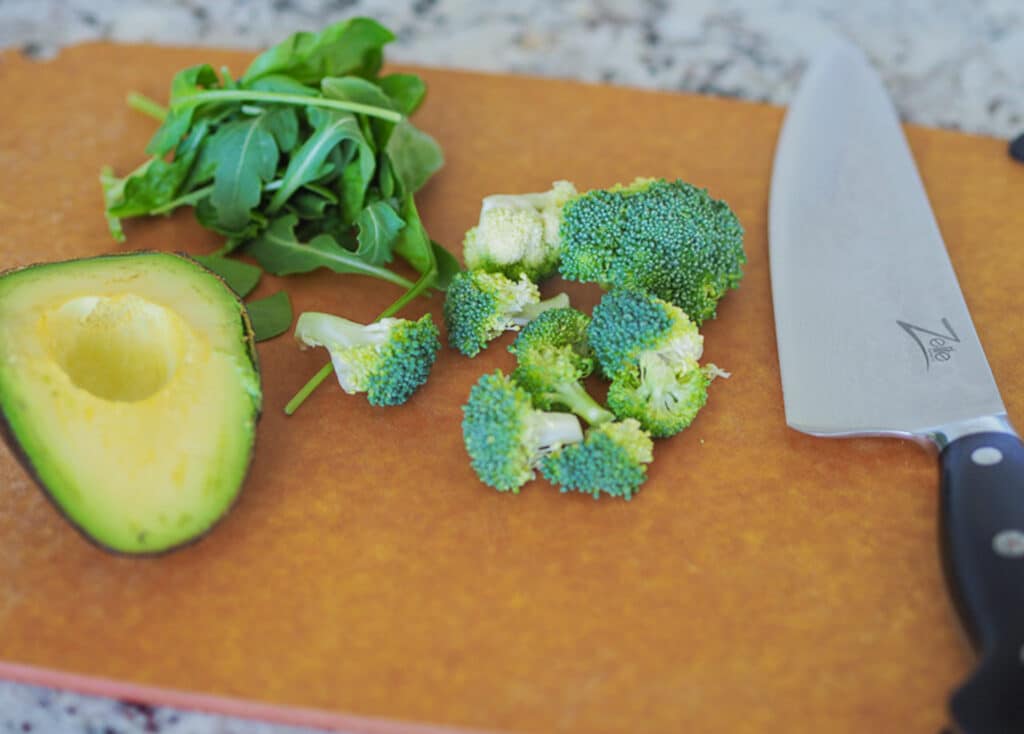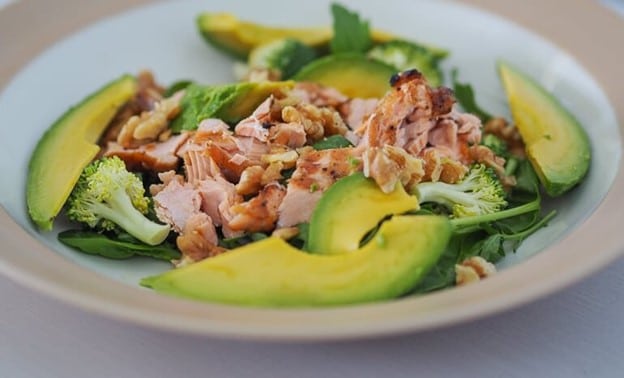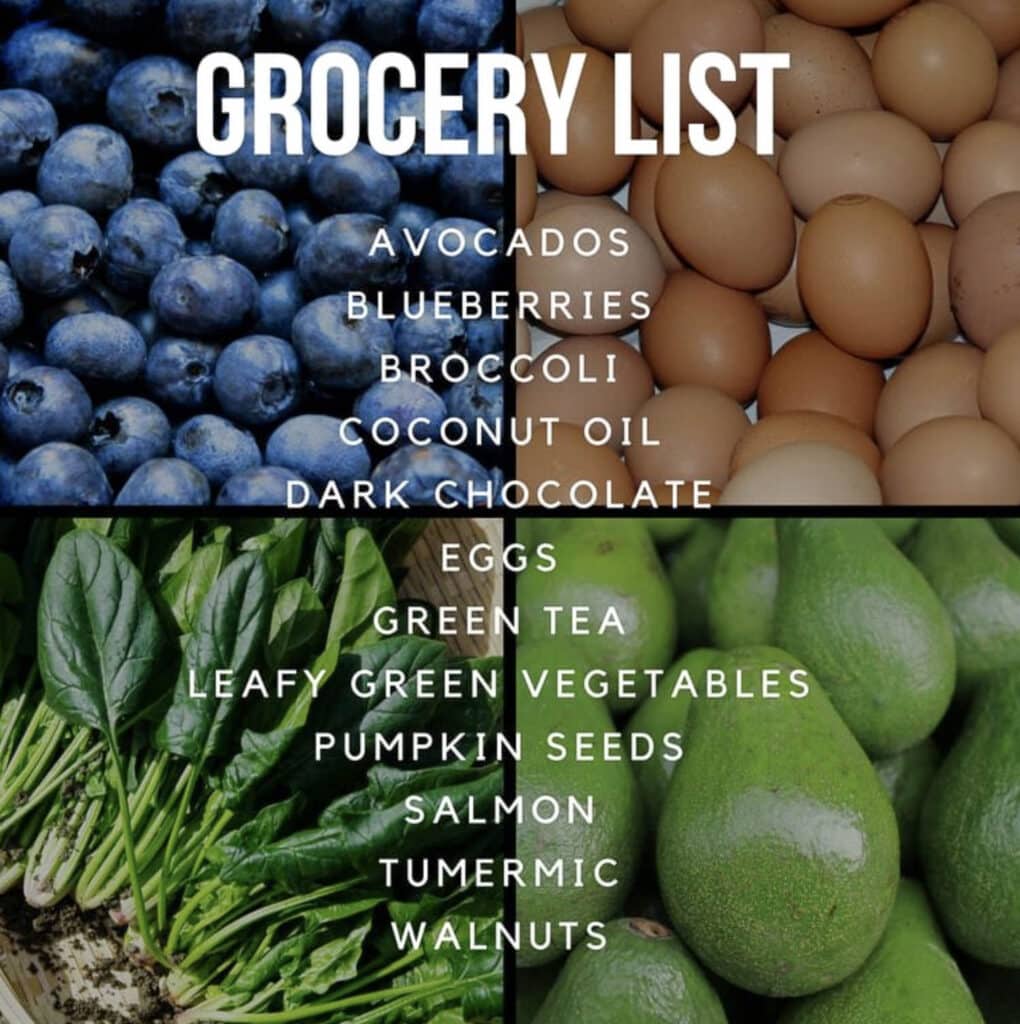Vicarious Joy – What Is It?

You enter a flower mart to fashion a vibrant bouquet for your home. Flowers reliably lift your spirits, especially after a long winter. With abundant variety available in Spring, you choose Yellow River daffodils, Wedgewood-blue lilacs, Magic Opal irises, and Purple Prince tulips. Leaving the shop, you cradle these newfound treasures in your arms.
The Many Faces of Vicarious Joy
Once back at the house, you carefully arrange your selections in a clear crystal vase – adapting some elements of ikebana learned in a class you took ages ago – and place them on the kitchen table by the open window, where the breeze can carry their fragrance further inside. Finally, you settle into your favorite armchair to admire their beauty, a peaceful occasion of vicarious joy that can be extended through the life of the bouquet and perhaps even beyond, in a photograph. Plant lovers intimately experience this connection.
For those of you with pets, you’re sure to have a collection of vicarious joy stories (please share one with us in the comments below). My little puppy loves to nosedive with abandon into a tangle of thick bushes and vines on our walks, burying herself out of sight and then reappearing like a bolt and madly zooming on. I look forward each morning to experiencing vicarious joy in observing her daily antics and to the visible happiness they bring her.
For those of you with grandchildren, you no doubt have had the pleasure of vicariously enjoying their incremental achievements and successes, their innocent and delightful laughter and play. The bond of love you feel for them is deepened by sharing their special moments in this way.
People watching at airports and in town gardens or congenial public spaces, to name a few, can also provide excellent opportunities to sit back, watch, and take notice of odd and humorous human behaviors that radiate a smile of vicarious joy. The reason we are amused is because we sense a camaraderie, however subtle, with those individuals.
And just think… this wealth of joy is readily available and present without our having to actively DO or ACHIEVE anything!
The Meaning of Vicarious
Vicarious is an interesting word that can suggest different ways of being. On the one hand, used pejoratively, it can imply living through others in a way that is considered indulgent, lazy, or lacking in personal initiative and may suggest a reliance on them for experiences or emotions. Alternatively, and used favorably, vicarious can describe the experience of being enriched by tenderly sharing in the successes, adventures, or happiness of others. Simply put, the first way of being champions doing, while the second sees benefit in mindfully watching and observing with empathy.
In the present historical period where action, production, creation, development – doing in all its forms – is greatly valued and supported, it’s easy to overlook the wellspring of spontaneous, vicarious joy that surrounds us.
Is It Necessary or Even Healthy to Be Actively Doing Something Every Minute?
Actually, it is exhausting and stressful to be in constant pursuit of the next thing on our to-do list. Certainly, it is smart to ask the question: Once we’ve actually reached our goal and that split-second of meeting the mark has passed, what then? No basking in the glow? Time to add another item to the to-do list?
The Chinese Book of Changes (the I Ching) expounds the ancient wisdom of maintaining a balance between the Creative and the Receptive life energies, and explains the myriad consequences that can occur when either becomes disproportionate.
To explore the Receptive a bit further, it suggests a yielding, inwardly focused attitude that tends to gracefully accept what is and teaches the importance of allowing events to unfold naturally, akin to how the responsive Earth absorbs rain and fosters seeds to grow. It is with such a contemplative, reflective frame of mind that we experience vicarious joy.
While in a receptive state of being, you may discover that this is when new ideas and novel thoughts move through you… when you are given the inspiration that propels you along more easily once you finally set your mind to doing again. After all, the Creative and the Receptive always exist together and at best harmoniously.
Vicarious joy is a gift we can give ourselves. For an instant, an hour, or for prolonged intervals, we can freely partake in its diverse expressions. Vicarious joy costs nothing and requires only that we pause to take notice of the happiness in evidence all around us.
Let’s Have a Conversation:
Do you experience vicarious joy on a daily basis? Which situations create this state of being in your life? Please share a story with our readers.
Read More

































